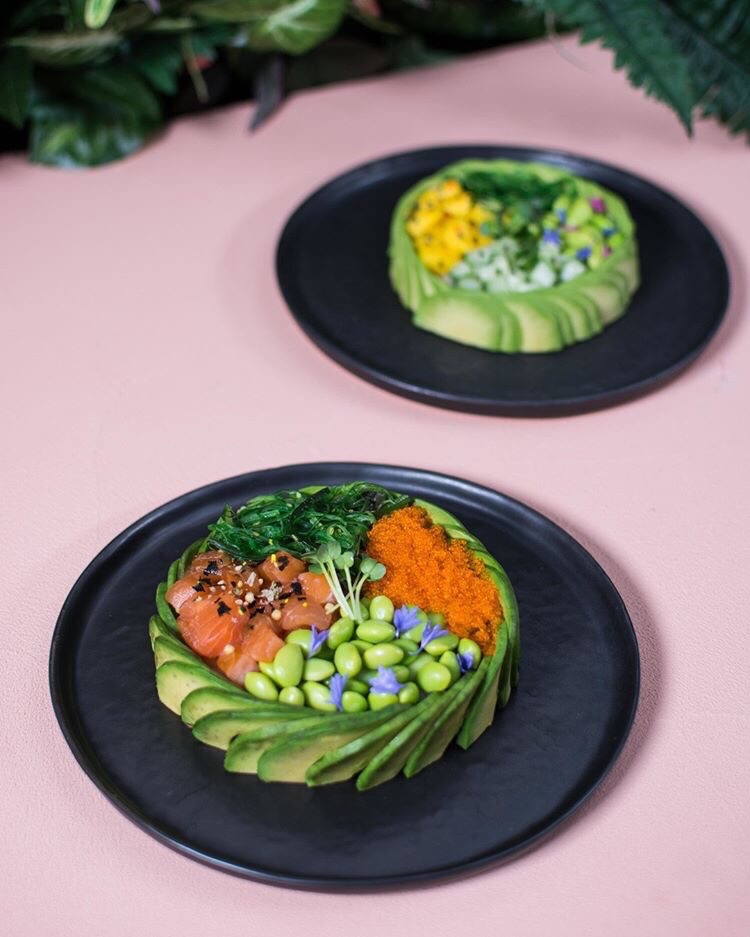
In Europe, Belgium is known for its fries. Most American menus erroneously call any fried potato strip “French fries.” In fact, “French fries” are thin, what you Americans sometimes call “shoestring fries.”

Genuine Belgian fries on the other hand are rather thick, cut the way you’d expect to see in a diner or steakhouse in the States. The thicker cut allows more potato flavor, but that is not the only difference. The secret art of preparing perfect Belgian fries is that they are fried twice, once ‘pre-fried’ in oil at 60 °C (320 °F), and then finished off in oil at 180 °C (360 °F), just before serving. That’s the Belgian tradition, not to be messed with.
Because of this, there was practically a revolt last year by professional “fryers.” They were very upset that the European Commission dared to put on the legislative agenda a proposition about the correct manner of making fries that ran counter to this tradition. The law would only allow for a light “blanch” of the fries – and only fry them in oil for the final finishing. “Quelle horreur!”This was a total offense at the craft of frying. Luckily, nothing came of the proposition and the nation still stands.
People here eat fries “an sich” which translates as “such as.” Such as a salty snack or such as an easy, fast lunch or dinner. Maybe they will also have fried meatballs, another Belgian specialty included in the menu in stalls and shops that sell “des frites.”

Every town in Belgium has a couple of “fries stalls (fritkot).” You can find them in town center squares, by train stations, and near soccer fields where they are a standard after-game snack.
Most of Belgium’s top rated fries eateries are based in Brussels. They make them from scratch, hand-cutting the fresh potatoes, a huge difference in taste from the “frozen-bake-off-in-the-oven -clones” you buy in the store.

people waiting in line at Fritland © Kaat Cleenewerck 
interior view of Fritland © Kaat Cleenewerck
Among the top ranked eateries is the Fritland joint– just around the corner from where I live – close to the famous Grand Place, and very popular with tourists.
On weekends and/or very beautiful days, they line up for a “cornet”(cone) of fries – with choice of sauce (mayo, cocktail, ketchup, …). Then, with fries in hand, they take a selfie to prove on social media that they’ve been there, done that.

Fries are such a big deal in Belgium that recently an acclaimed (Dutch/Belgian) Michelin star chef, Sergio Herman, openend a high-end “Frites Atelier” in Brussels. The Atelier serves some “delicacy” fries plain, or in combination with a typical Belgian topping like beef stew, taking Belgian fries to the next, expensive, and mostly – posh – level!
Confession time. Though I am Belgian, I am not very fond of fries. I eat them maybe twice a year. I tend to be more of a health-conscious eater, one more reason why I fit so well into to SoCal with its healthy eating awareness habits. One of the staples in the menus there is the avocado. The fruit/vegetable praised and recommended for its good unsaturated fats, the famous omega 3-6-9 fatty acids. I ate them frequently when I lived in Southern California and miss them.
In Los Angeles, they are widely and cheaply available and literally grow from trees around the city. Last summer I was petsitting for friends on the Westside and was blessed to have an avocado tree in the yard. There was such an abundance of them, impossible to keep eat them all. “Quel délice!”

Avocados have recently become very popular in Western Europe, because of their nutritient qualities, even to the point of becoming a “hipster” food. You can find avocados in Belgium but they tend to be rather expensive. Not surprisingly, since they have to be shipped in from places like South-America.

The hip Avocado Shop © Kaat Cleenewerck 
Artsy avocado dish © the Avocado Shop
A little while ago, a hip restaurant opened up in Brussels, the “Avocado Shop” – it’s (also) a Holland franchise chain – , that serves sustainable avocado based dishes. Their presentation leans towards an ”art form” so to speak. Always slammed with patrons, it has been an instant success.
This is one case where “eating where the locals go” won’t really serve you. It is the scarcity of avocado that makes the place a magnet for Belgians.

I do recommend when visiting Brussels/Belgium that you try the genuine handcut fries, and opt for a simple “cornet” with a dash of salt or sauce.
You won’t get that taste back in the States. And make sure to take a selfie to prove how you “discovered” that fries are really a Belgian specialty.

Be the first to comment